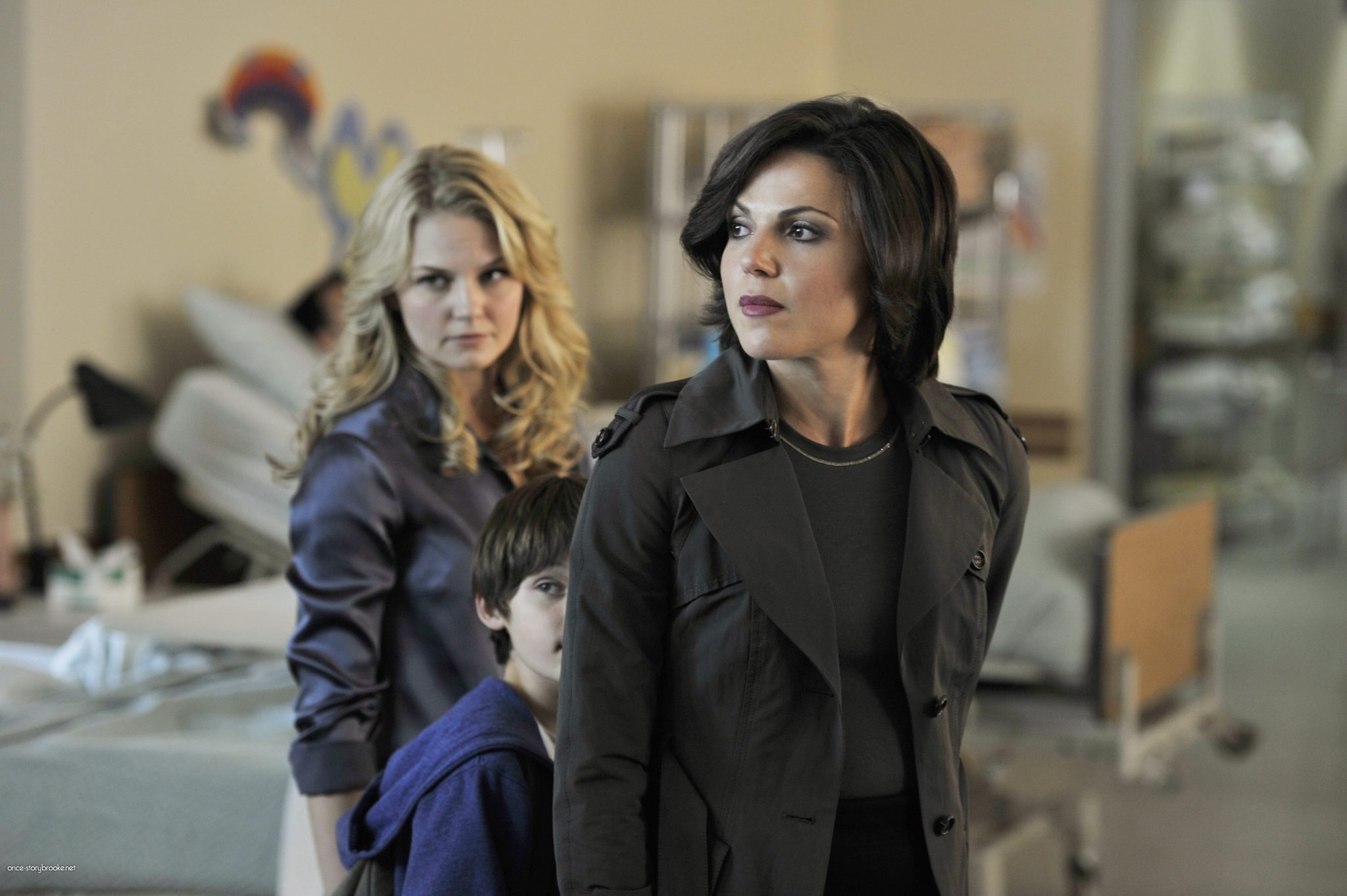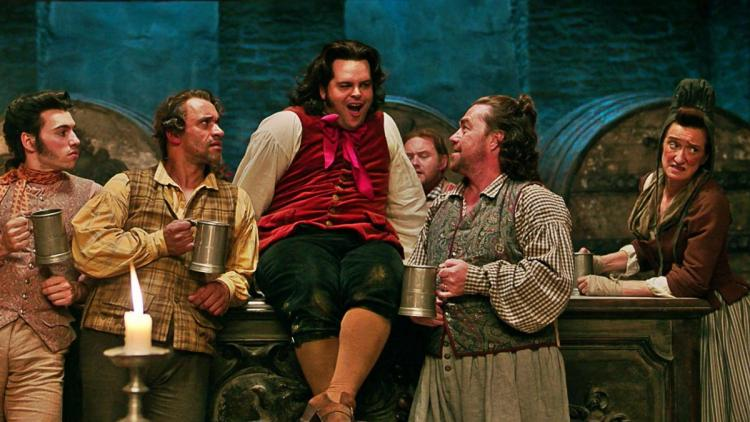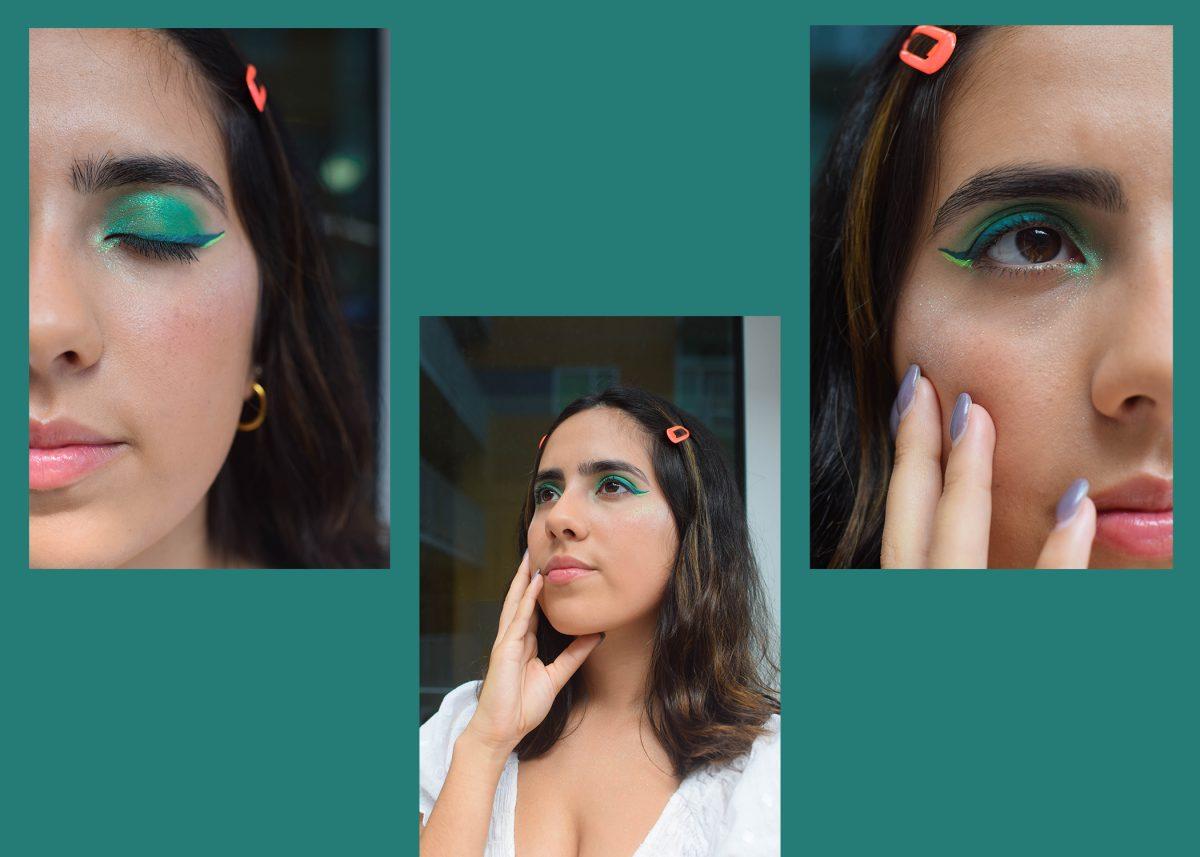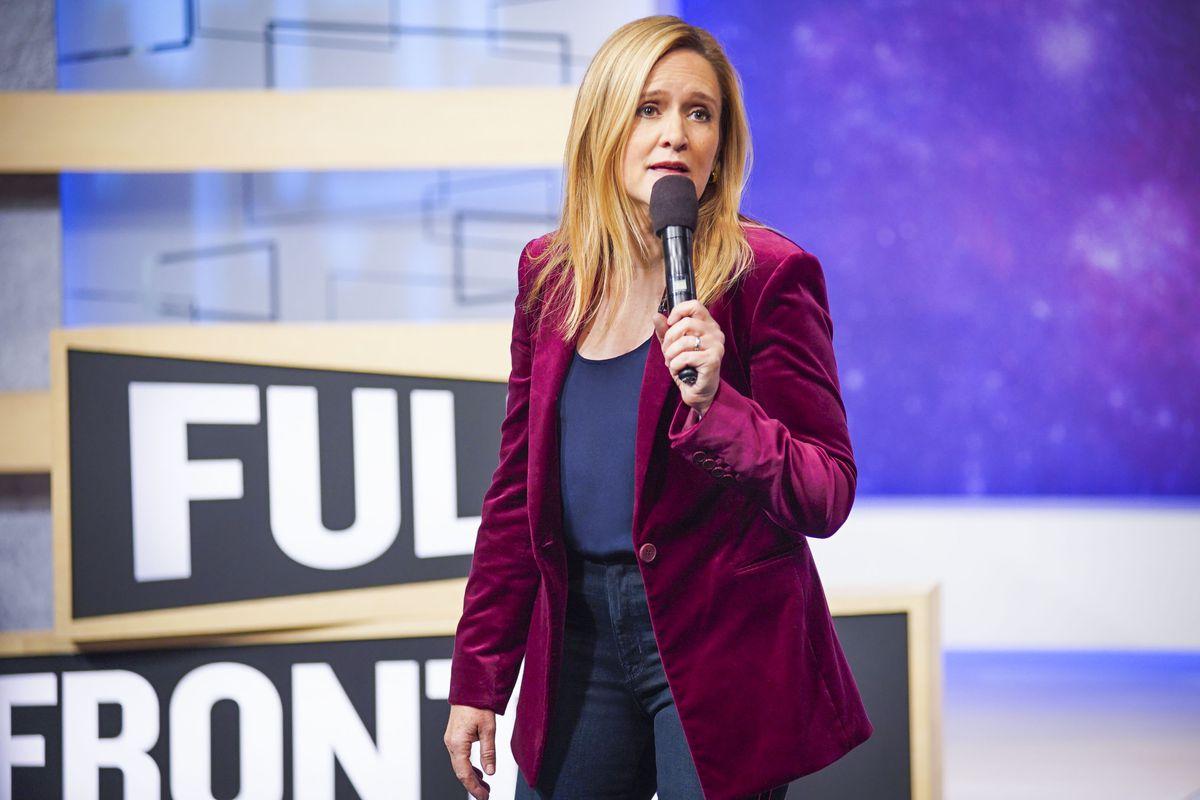The LGBTQ+ community has always been a profitable market for the entertainment industry. It’s important to understand the ways in which major corporations take advantage of an easily targeted demographic.
Story by Marcus Sloan
“Queerbaiting” is a term that is used to describe how producers, writers and directors purposefully play off of the subtext of perceived queer relationships between characters. This is done to gain the viewership of LGBTQ+ audiences without ever depicting said perceived queer relationship, no matter how heavily they may imply it. Queerbaiting creates a one-sided relationship between the content creator and the audience where the content creator is intentionally stringing the audience along for as long as possible. With so little representation in modern media, LGBTQ+ viewers are hungry for any bone that Hollywood might throw their way. If LGBTQ+ audiences have nowhere to turn for quality representation, it is easy to keep them on the hook with a subtextual relationship that doesn’t end up going anywhere. This way, content creators do not risk alienating more conservative audiences and can avoid making their shows and movies “too political.”
This form of representation is composed of implications, empty promises from content creators, and vague dialogue between coded characters, which results in years of dedicated viewership, boosted ratings, and television shows surviving long past their expiration date. LGBTQ+ audiences still receive limited representation and in many cases have dedicated time and money to producers that never had their best interests at heart.
The conversation of queerbaiting continues to surround television shows that have amassed a sizable following. Long running CW favorite, “Supernatural”, a fantasy horror series that follows brothers Dean and Sam Winchester as they try to keep people safe from the things that go bump in the night, has been entrenched in the queerbaiting debate since 2008 when the character Castiel was introduced. Castiel is a fallen angel and his appearance officially turns the team of the two brothers into a trio. Season after season, Castiel’s relationship with Dean is highlighted; fans have long since speculated at a romantic connection between the two characters. It is almost nine seasons later and the show has yet to have a main character in a same-gender relationship, but they manage to attract viewers every week on the romantic, subtextual elements between main characters Dean Winchester and aforementioned Castiel, alone.
Photo Courtesy of Youtube.com
The CW is not alone in this transgression, as most major networks participate in some form of queerbaiting. Take, for example, ABC’s “Once Upon A Time”, a modern fantasy mash-up that puts a new twist on fairytale classics. Fans have long awaited the union of main character, Emma Swan, and villain-turned-reluctant-hero, Regina, the Evil Queen. However, instead of continuing to develop their relationship, ABC introduced a new male love interest for Emma Swan, Killian Jones. A modernized version of the character Captain Hook from “Peter Pan”, Killian Jones undeniably shares many characteristics with Regina. Their attitude, their backstory, they even have similar wardrobes! Fans were quick to realize that the introduction of Killian Jones was an easy way for the writers to keep the show as heterosexual as possible
Photo courtesy of Young Entertainment Magazine
Queerbaiting isn’t apparent only on television screens. Within the last year a new breed of queerbaiting has been heavily perpetuated in cinema. Unlike the original, queerbaiting where characters are coded as queer, but no queer characters are actually introduced, this new strain gives LGBTQ+ viewers the smallest bread crumbs to keep them satisfied. However, it is important to recognize that this is not adequate representation and does not fulfill the unspoken agreement between consumers and producers to make products that adequately fulfill the consumers’ needs.
Perhaps the best example to depict this is found in Disney’s live-action reimagining of “Beauty and the Beast,” released in March of 2017. As of last month, this film was still arguably the most successful movie of the year, earning over $1.2 billion globally. Before its release, the film got considerable attention for including Disney’s first canonically gay character, LeFou. News sites were raving about what a progressive step forward this was for Disney.
Photo courtesy of NY Daily News
However, if one were to blink at the wrong moment, they could miss the two second scene of LeFou dancing with another man in the ending dance sequence of the movie. This is the only content out of 130 minutes of singing, dancing and talking dishware that “directly” addresses LeFou’s sexuality. Despite the minimal effort that writers, producers, and directors put into holistically developing their queer character, the movie received enormous attention from it, both before and after the movie.
They were able to attract LGBTQ+ audiences that were excited to finally see themselves represented in a Disney film and even when those audiences walked away disappointed, their pockets just a little lighter, Disney was still lauded as a progressive visionary for daring to go where they had never gone before.
Movies like “Power Rangers” and “Star Trek Beyond” both capitalized on queer audiences in the same way. These action films were lauded as symbols of the progressive movement when they announced that LGBTQ+ characters would be a part of their main cast of characters. In the case of the “Power Rangers”, however, any indication that one of our favorite super heroes was queer could easily be ignored or misinterpreted in the vague dialogue that surrounded the situation.
“Star Trek Beyond” gained major attention for having one of the first queer people of color in their franchise by announcing that Hikaru Sulu would be portrayed as a gay man in a committed relationship. This relationship, however, quickly falls to the wayside as the plot of the movie gets started, and very little time is spent on what was supposed to be a groundbreaking moment in cinema.
By leaking information beforehand that a character adjacent to the main protagonist fits into the LGBTQ+ community in some way, they were able to generate more excitement for their movie. However, when the credits actually rolled, few members of the audience could actually recollect where in the movie the representation had taken place.
This new brand of queerbaiting plays off of common themes like tokenism and pandering so that those behind the screen can really get as much bang for their buck as possible. It relies on smoke and mirrors before the movie is released to get the audience excited for something that truly isn’t there. LGBTQ+ viewers are then left with a few seconds of lackluster visuals or vague audio.
In many ways the only difference between this neo-queerbaiting tactic and the tried-and-true original, is that content creators come out and openly tell audiences to look for something that isn’t there. If they hadn’t said anything in the first place, one is left to wonder if the audience would have even picked up on it. Or, would it have just been more subtext to debate over?
One thing is for certain, no matter if you are watching in your living room or on the big screen, LGBTQ+ viewers are walking away disappointed with the images they manage to find of themselves, or those that they don’t in popular media.















































Jess F • Mar 17, 2018 at 11:05 pm
Very well stated! Wonderful article discussing the topic in general, easy to digest and wonderful to those who aren’t familiar with the concept of queerbaiting within media. Currently researching the "profitability" of the queer community revolving around media with the inclusion of queerbaiting. Thank you for the helpful read.
Ify Nweke • Dec 5, 2017 at 3:35 am
I think this article was insightful. I never even noticed this, but I agree 100%. The entertainment industry does capitalize on queerbaiting, and I would love a follow-up on the ramifications of queerbaiting within the industry. Also for the author, what is your take on actors/actresses that are a part of the LGBTQ+ community playing straight roles? I can’t find anymore of this author’s work, did they write any other articles!